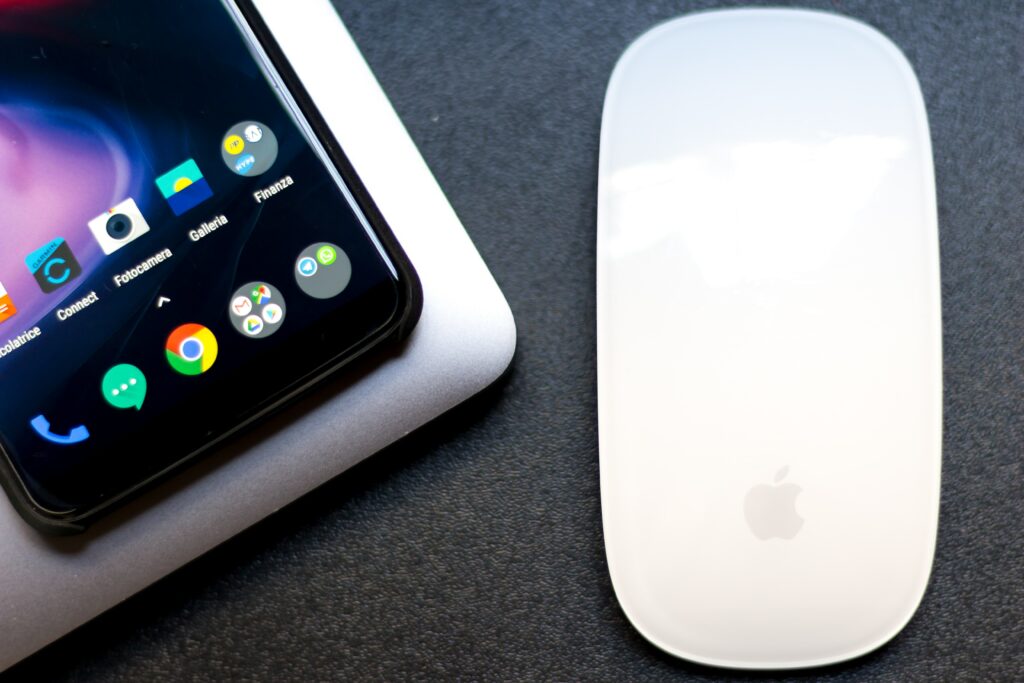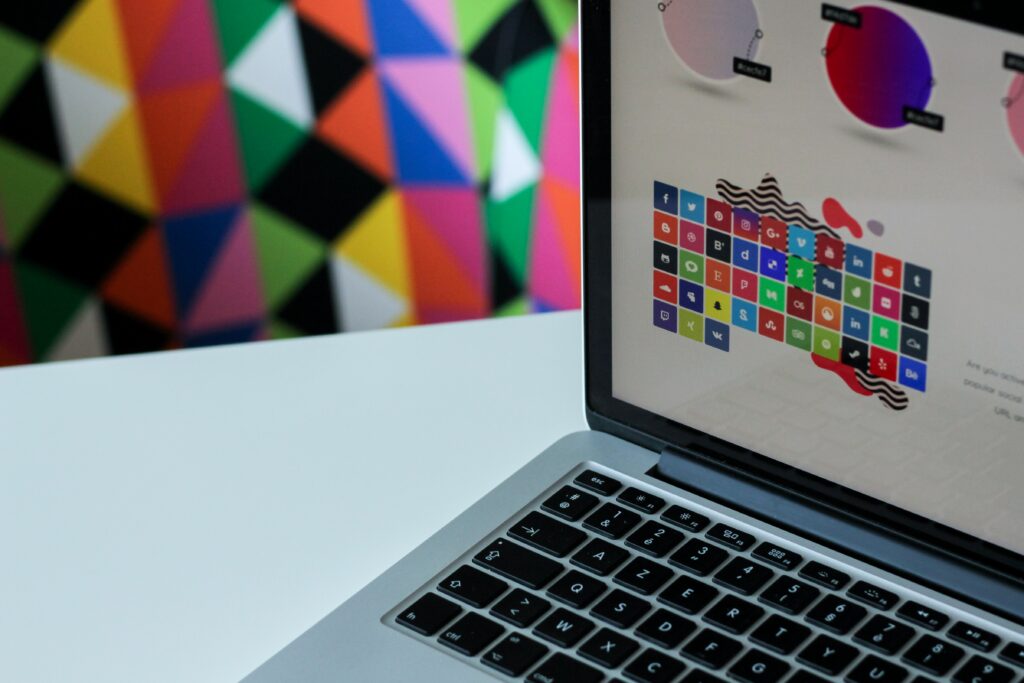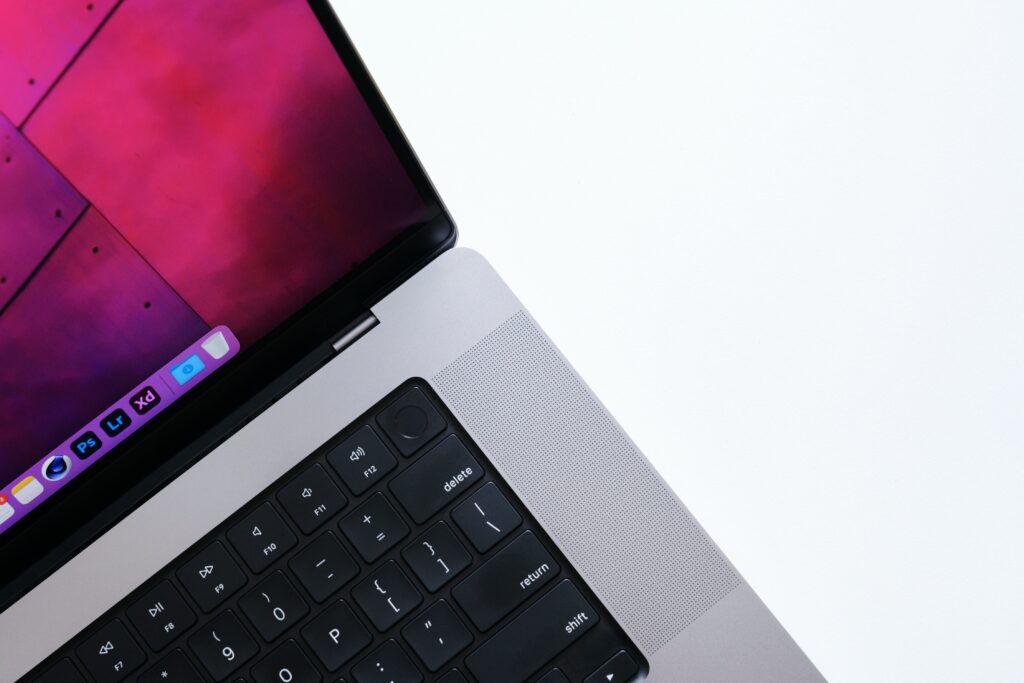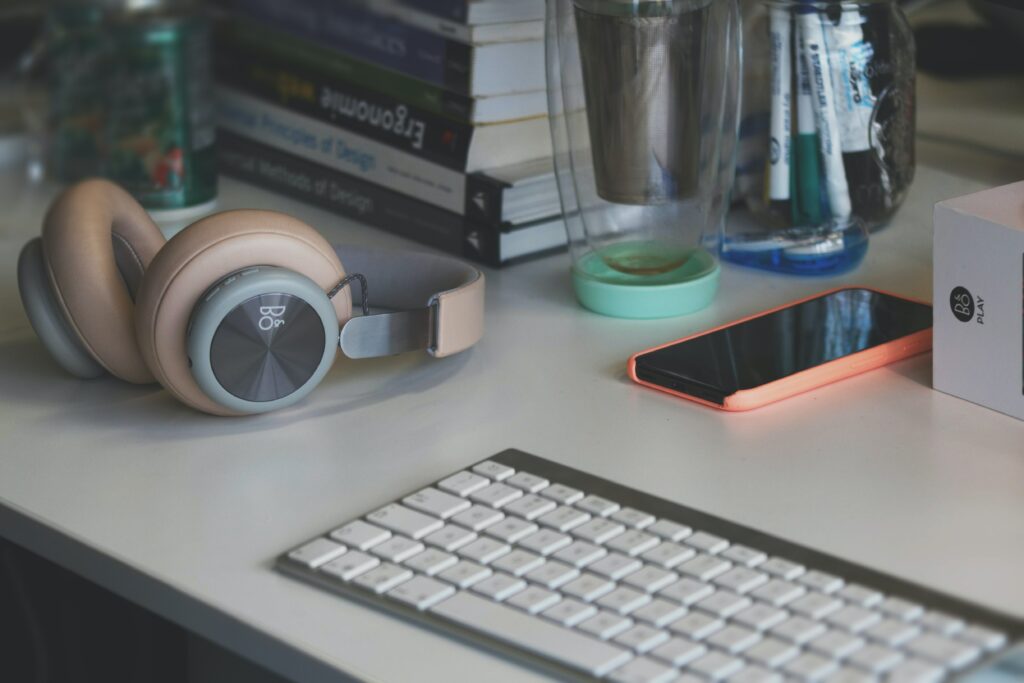Design patent protection is a form of intellectual property right that safeguards the unique and ornamental appearance of a functional or decorative object. It is different from utility patents, which protect the functional aspects of an invention. Design patents focus solely on the visual characteristics or aesthetic features of a product.
By securing design patents, inventors and companies can prevent others from replicating the visual design of their creations, thus preserving their market advantage and brand identity.
Design patents cover a wide range of products, including consumer electronics, fashion accessories, furniture, and more. They provide legal protection against unauthorized copying or imitation, allowing creators to capitalize on their innovative designs and investments.
With the ever-increasing importance of product differentiation and brand recognition, obtaining design patent protection has become a crucial strategy for businesses seeking to enhance their competitive edge and build a strong intellectual property portfolio. By securing design patents, innovators can ensure their unique visual concepts receive the legal recognition and exclusivity they deserve, further fueling creativity, innovation, and market success.
Obtaining Design Patent Protection
To obtain design patent protection, an applicant must demonstrate that their design is novel, non-obvious, and has ornamental value. The design can encompass various visual elements, including the shape, configuration, pattern, ornamentation, or surface characteristics of an article.
Design patents offer exclusive rights to the owner to prevent others from making, using, selling, or importing products that bear a substantially similar design. However, it’s important to note that design patents do not provide protection for the underlying functionality or utilitarian features of the product. They only cover the visual appearance as depicted in the design drawings or illustrations submitted during the patent application process.
The point of design patent protection is to preserve the visual appeal and distinctiveness of products, fostering innovation in design, and providing legal recourse for designers and inventors whose unique aesthetic creations are at risk of unauthorized replication.
Therefore, design patent protection can be an invaluable asset when used strategically as part of an overall patent strategy. Icons created using computer programs can benefit greatly from patenting their unique designs; similarly, specific aspects of GUI design elements may also benefit.

An application for a design patent must include an exhaustive set of drawings that comply with legal requirements, fully describe the claimed design, and are clear and complete. Any changes after filing could introduce new matters that cannot become patents; any such amendments could require re-examination.
Icons
Icons are small images used to represent objects such as files, programs and web pages. They’re commonly used as shortcuts to execute commands or open documents quickly – they also help when searching browser lists as many operating systems have documents using similar extensions all having the same icon.
Xerox PARC pioneered the use of icons as graphical user interfaces back in the 1960s. This computer science research group created the STAR system, featuring icons as opposed to traditional text-based interfaces and including a pointing device. It was believed it would be simpler for an average computer user to navigate using such an approach rather than typing commands manually.
In the 1970s, several companies explored the idea of creating a graphical user interface for computers. Their initial efforts proved unsuccessful; eventually however, in 1973 with the Xerox Alto becoming the first computer with such an interface.
According to the USPTO, computer generated icon designs may qualify for design patent protection under 35 U.S.C 171. For such protection, however, an article of manufacture must contain such an icon according to MPEP SS 1502.
An animated computer-generated icon may satisfy the “article of manufacture” criteria when its design is integrated with computer hardware itself. Thus, this design cannot be seen merely as surface ornamentation when displayed on a two-dimensional image displayed on a computer screen.

As well, when claiming designs of moveable computer-generated icons they do not need to include all possible states at any moment in time, as with physical objects. This can result in significant mistakes when writing the application; accordingly, the USPTO requires special language that disclaims omitted states as part of the claim.
GUIs
Graphical User Interfaces (GUIs) are computer-based methods of providing users with information. A GUI translates text and graphics into machine language and performs various functions based on user commands; it has become the industry standard in computers, tablets and mobile phones alike.
Though graphical user interfaces (GUIs) have existed for decades, only recently have they become widely popular with the general public. GUIs provide an intuitive way for people to interact with computer programs and electronic devices because they’re simple to use and understand.
GUIs serve to display information on a computer or other device’s screen, often with sound or other effects accompanying it. Users interact with this display through mouse clicking and scrolling, touchscreen tapping or keyboard commands – each action may result in changes to color or size of an element clicked upon, sound effects or another form of response from the interface itself.
Graphical user interfaces (GUIs) serve many functions for users. This includes helping them quickly navigate applications and menus, execute commands by selecting from a list of options, create and modify documents quickly, as well as more intuitively use computers than text-based interfaces, making access more easily available for people with disabilities or impairments.
GUIs provide users with the ability to make selections and modify objects’ shapes. For instance, image editing software utilizes magic wand or lasso selection tools for this purpose; when clicked upon by users they alter to an icon representing cut/copy/paste operations. Some GUIs also contain adjustment handles which serve as indicators of drag-and-drop operations.

In order for a GUI to qualify for design patent protection, it must meet specific criteria: it must be original, not obvious and novel.
An application for a design patent must include photographs that clearly depict the product incorporating its invention, with no blurriness, focus issues, cluttered backgrounds or any other distracting features that could compromise it.
Photographs should be taken from a position that allows viewers to clearly see all sides of a product that incorporates an invention, including its front, back, top, bottom, left and right sides. Furthermore, each photo should include an accompanying description detailing this invention.
Design patents can be an invaluable way to protect the design and features of a graphical user interface (GUI), as well as its ornamental appearance under trade dress law.
However, a design patent will not provide adequate protection for the mechanical functionality of a GUI; therefore a utility patent would be necessary in this instance.
To ensure that a GUI satisfies the requirements for a design patent, it is crucial to identify which elements and objects are most relevant to it and how these could be included in a patent claim. This will assist both a patent drafter and attorney/lawyer with creating appropriate embodiments or claims.
One of the key components of any GUI is an icon, a small graphical representation of programs, files, features or objects usually seen on menu bars, ribbons or at the bottom of windows that display other pages or areas.
GUI Elements
Design patents provide valuable IP protection for computer generated icons and user interface elements, often used by software companies to keep direct competitors from copying them. Furthermore, design patents can complement utility patents to reduce source identification confusion so that identical applications from competitors are distinguishable.
United States design patent protection of GUIs has only recently become available. In 1992, the U.S. Patent and Trademark Office’s Board of Appeals and Interferences first acknowledged GUI designs and surface ornamentation could be protected under design patent law in Ex Parte Strijland 26 USPQ2d 1259 (BPAI 1992) set the eligibility requirements necessary for design patenting under 35 U.S.C 171 that could later be enforced by courts within the US.
To be eligible for a design patent for computer-generated icons, they must meet the “articles of manufacture” requirement outlined by 35 U.S.C 171. To satisfy this criterion, their designs must be visible somewhere within an article that can be produced such as monitor, computer screen or display panel.
As such, applicants for design patents on computer-generated icons must include two-dimensional icons in black-and-white line drawings that depict their appearance on manmade tangible objects such as monitors, computer screens, tablets or smartphones that qualify as articles of manufacture. Furthermore, inventors must include any remaining portions that do not form part of their claimed design as broken lines in their drawing.
Design patent applications often incorporate drawings as part of their applications to ensure all the elements of their design are depicted clearly and fully, and to disclaim portions not considered part of it, which can help defend against invalidity challenges from third parties. This approach has proven particularly successful.
Design patents may also be obtained on computer-generated icons that do not affixed directly to tangible items, but instead projected, displayed virtual reality or holographically. However, creative solutions or changes to current law must first be put in place in order to make this type of protection available to applicants.
Still, no definitive case law exists regarding computer-generated icons that infringe design patents in the US. There is one case law from China which provides interesting insights into how a judge determined that the computer on which the GUI appeared was part of its manufacture instead of just part of patent scope – this case law illustrates why Chinese patent law needs amendment to allow partial design protection for projected GUIs.

Conclusion
In an increasingly digital world, computer-generated icons and graphical user interface (GUI) elements play a significant role in user experience and branding. Design patents for computer-generated icons and GUI elements focus on the specific visual appearance of these elements rather than their functional aspects.
Obtaining design patent protection for computer-generated icons and GUI elements can be particularly valuable for companies in industries such as software development, mobile applications, web design, and user interface design. It allows them to establish exclusive rights over the distinctive visual aspects of their user interfaces, preventing others from replicating or imitating their design without permission.
Protecting computer-generated icons and GUI elements with design patents not only safeguards the aesthetic appeal of digital interfaces but also helps companies differentiate their products or services from competitors. It provides a means to protect and enforce the visual identity and branding associated with their software, applications, or platforms.
It’s worth noting that design patents for computer-generated icons and GUI elements may have specific requirements and considerations, given the dynamic and evolving nature of digital design. Applicants must ensure that their design patent applications meet the criteria established by the relevant patent office and encompass the specific visual elements they seek to protect.
In summary, design patents offer a means to protect the unique visual designs of computer-generated icons and GUI elements, enabling companies to safeguard their user interfaces, enhance user experience, and establish a distinctive brand identity in the digital realm.
